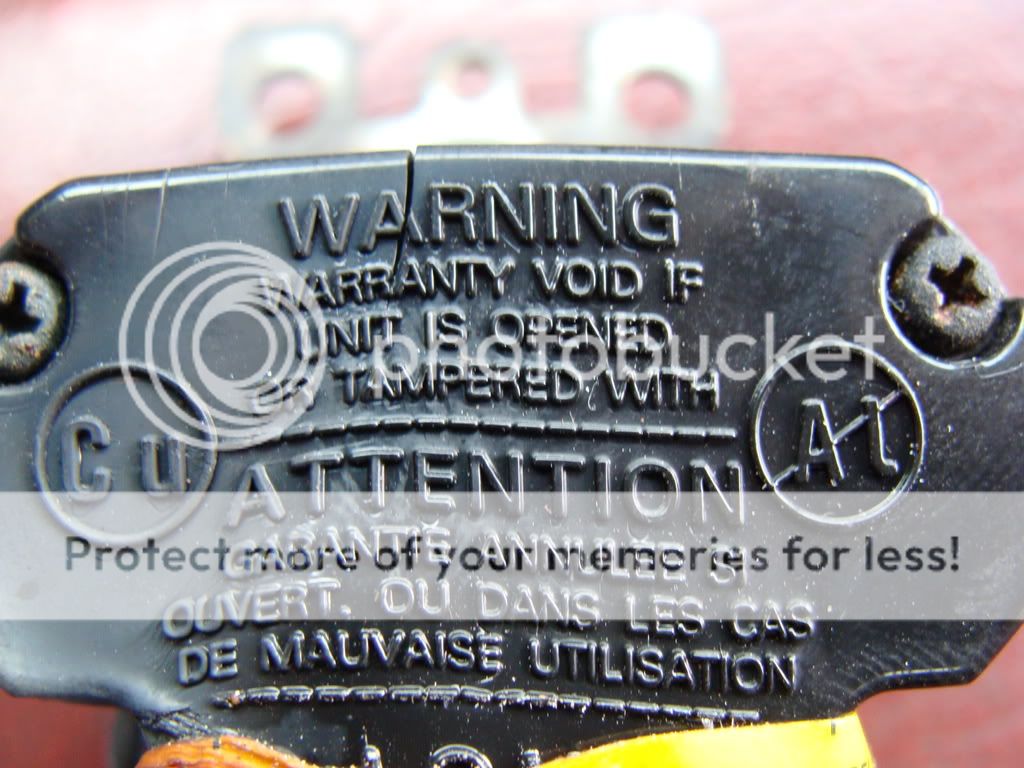LarryFine
Master Electrician Electric Contractor Richmond VA
- Location
- Henrico County, VA
- Occupation
- Electrical Contractor
The point is that, with the old aluminum alloys used in the 70's, there was no such thing as tight enough. No matter how tight the screws were, normal current made the wires warm enough to expand, and when cooled, were ever-so-slightly looser.480sparky said:But who's to say the connection wasn't tight enough to begin with, copper or aluminim notwithstanding?
The next normal use of current caused slightly more heat because of the slight looseness, which caused slightly more expansion, slightly more flatness, slightly more looseness, and it just snowballed. Cycling of current caused unavoidable loosening.
There is one plus: now that the wires are flattened a bit, a new tightening takes advantage of the greater surface contact area, and may get a few more years out of the present wiring. But even normal heat will eventually create a new snowball.


